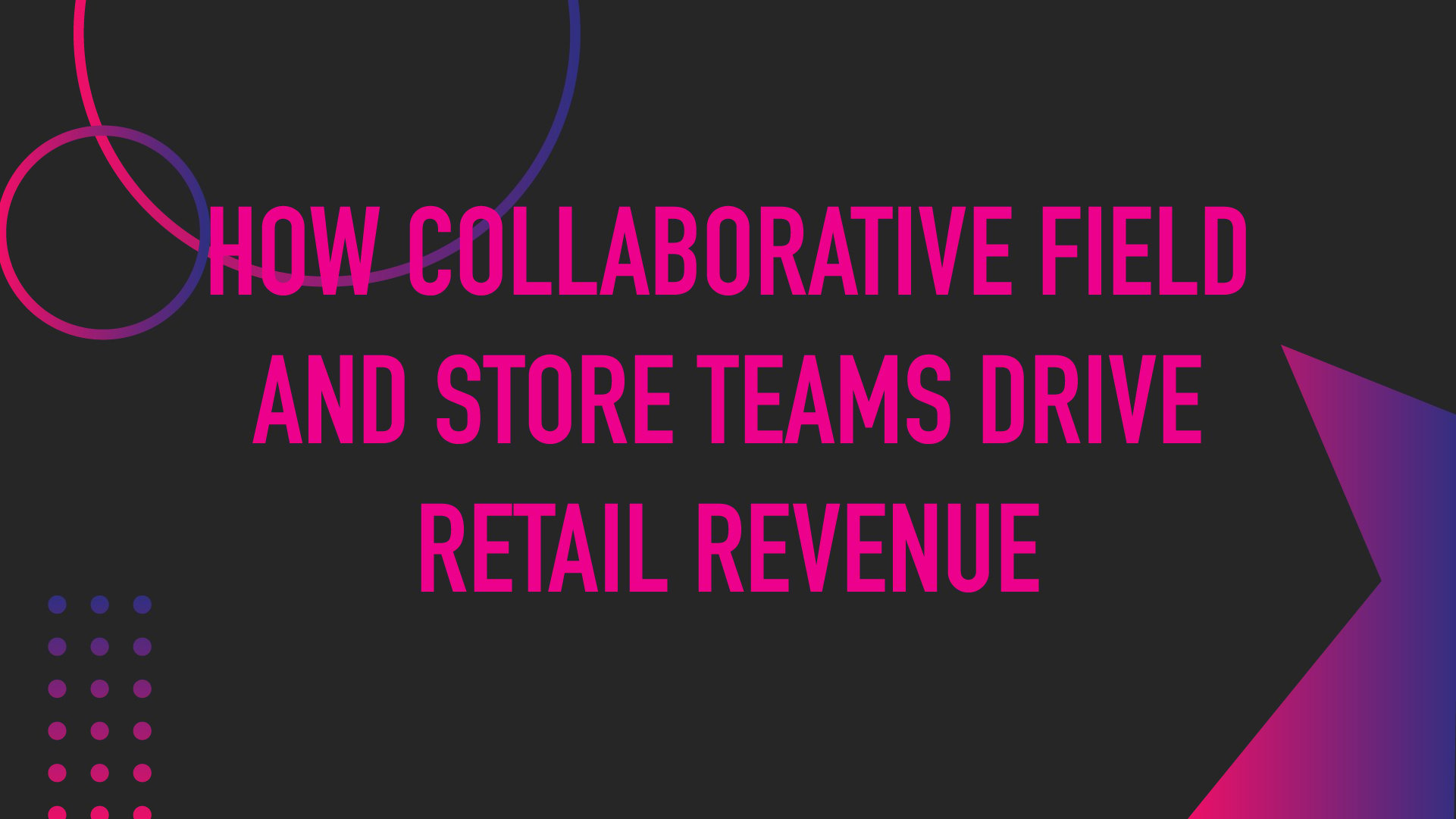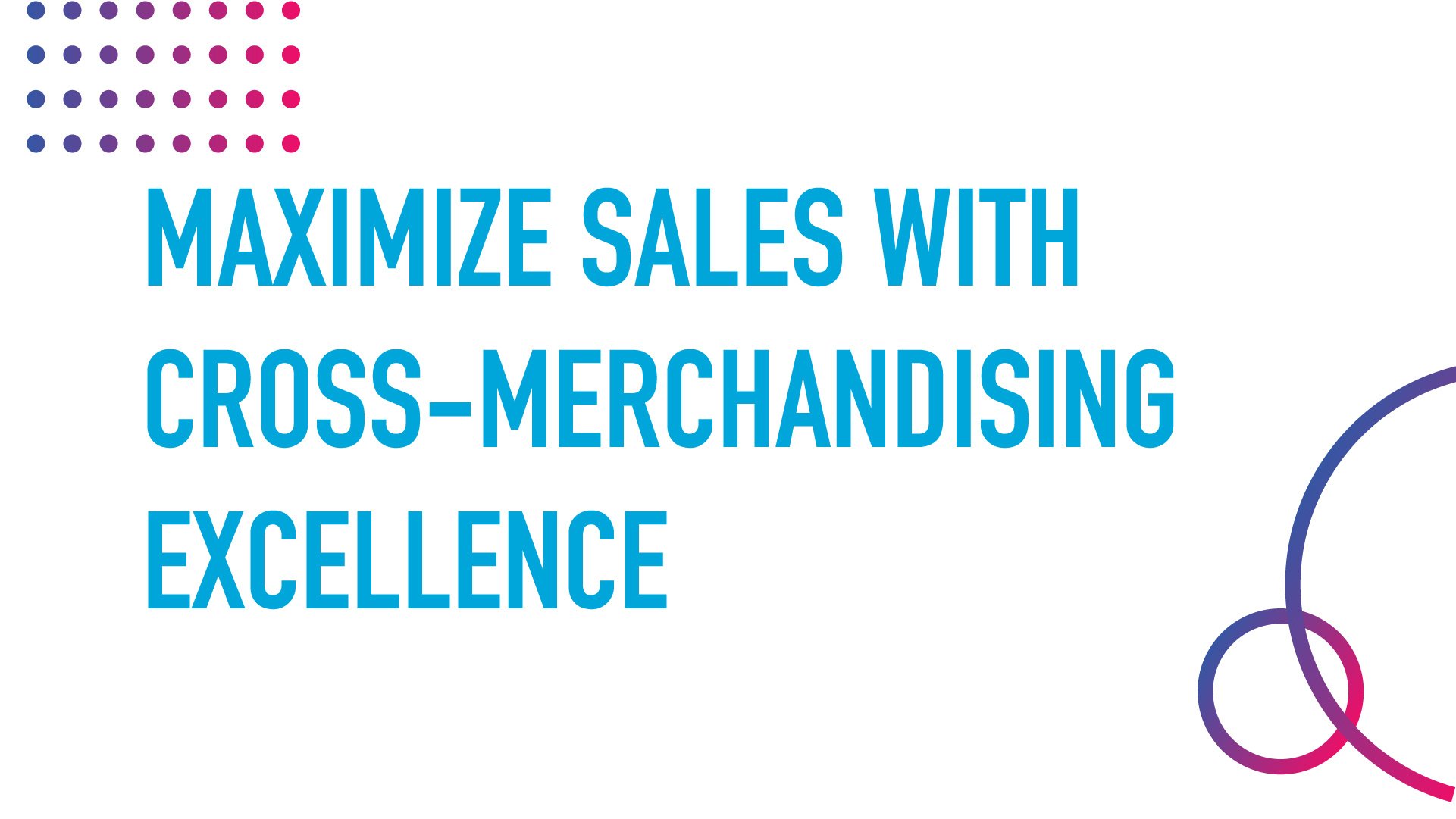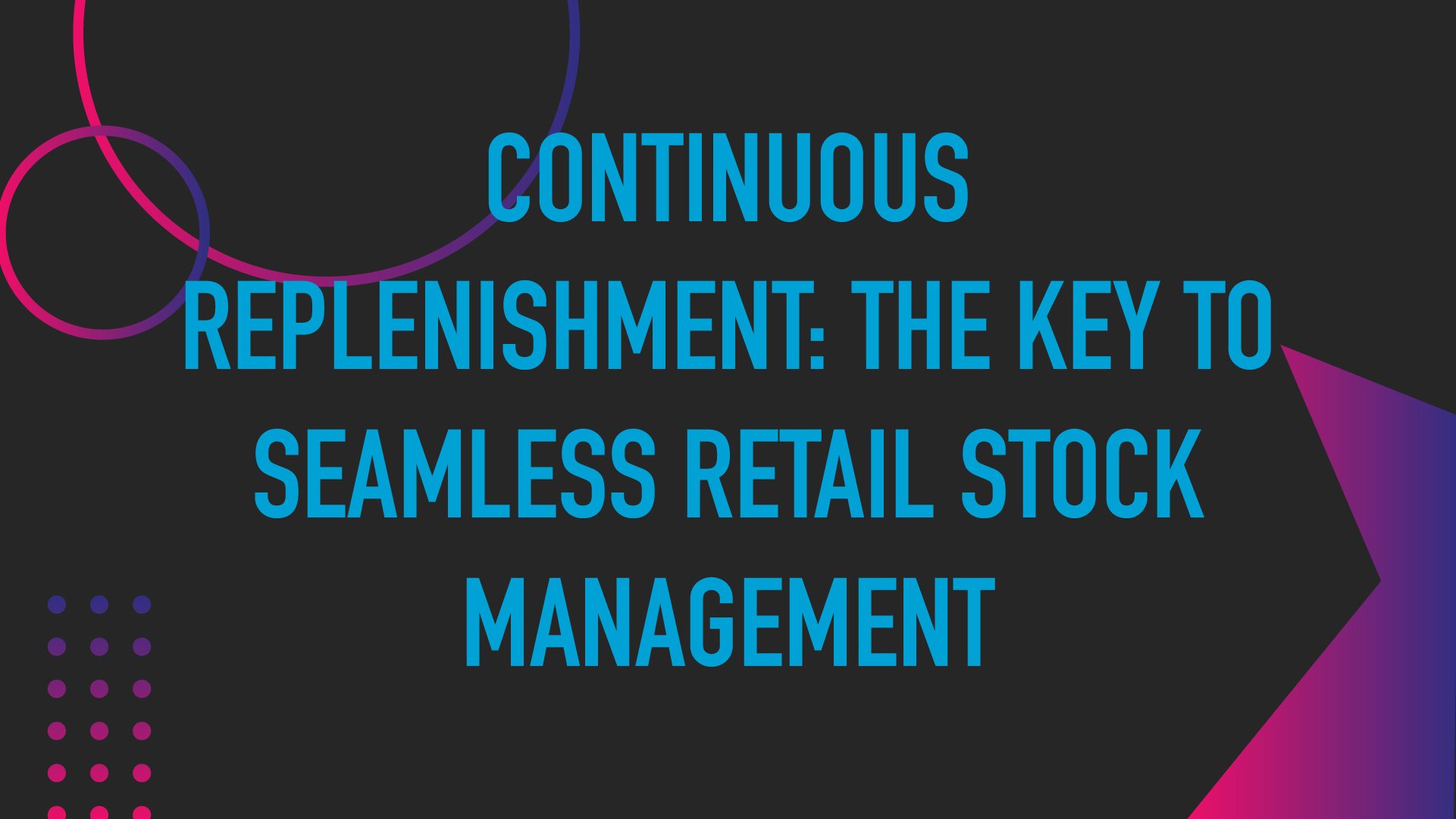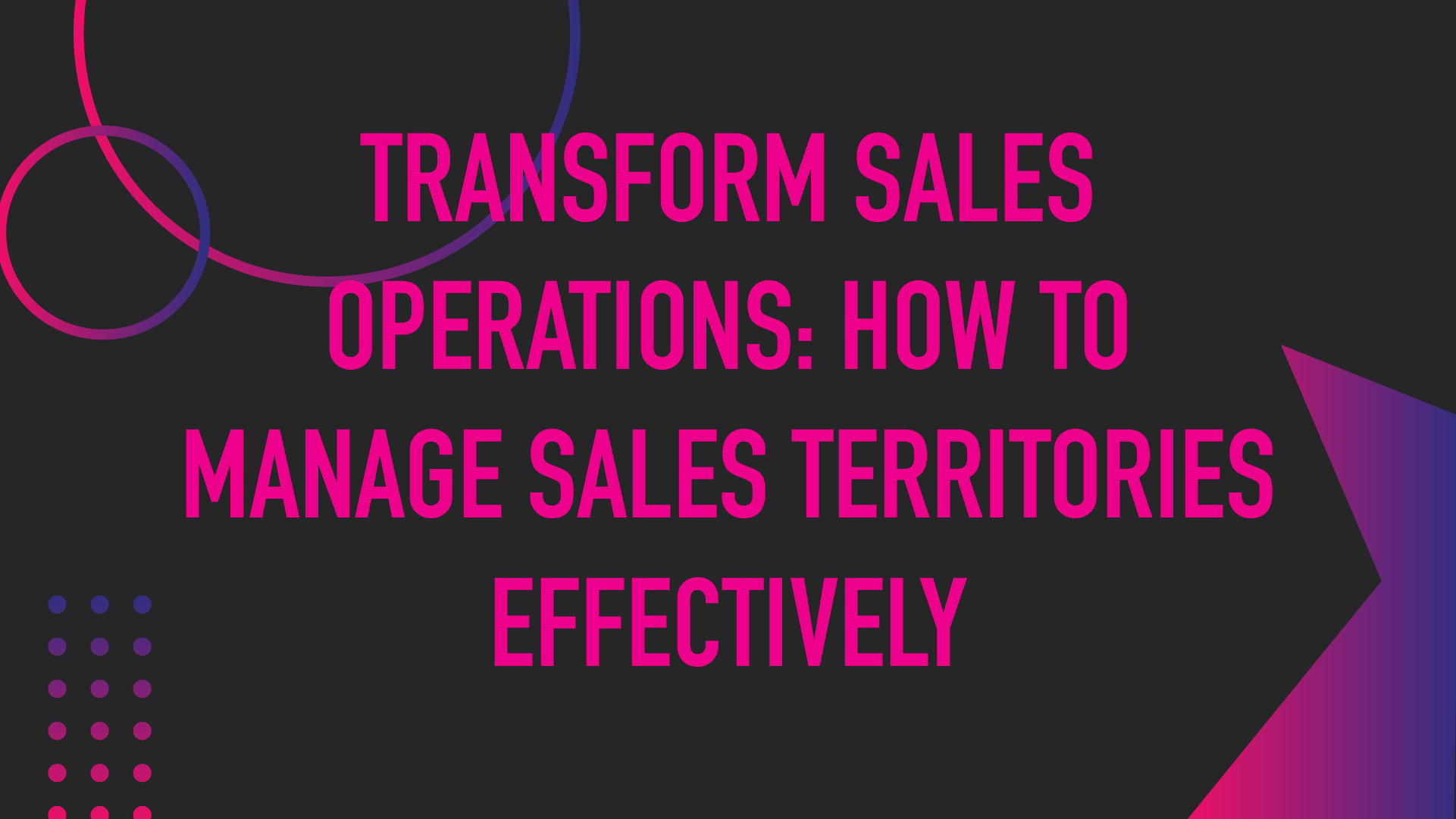The Aftermath: Analyzing Promotional Success Post-Implementation


Promotions play a pivotal role in driving sales and customer engagement in the dynamic world of retail. However, the true measure of their success lies not just in their execution but in the analysis that follows post-implementation.
The Significance of Post-Implementation Analysis
Promotions are not just about creating a buzz. They are about driving results. Post-implementation analysis allows retail teams to gauge the actual impact of their promotional strategies. By examining the aftermath, industry players can identify what worked well and what didn't, enabling them to refine and optimize future campaigns.
Promotional optimization is not a one-time task but a continuous process rooted in analyzing post-implementation data to extract valuable insights. Identifying the specific elements that contributed to the success of past campaigns enables retail teams to replicate those strategies in subsequent promotions. This analytical approach allows retailers to pinpoint which promotions were most effective in driving sales and attracting customers. Furthermore, it reveals potential issues or areas for improvement within their overall promotional strategies, paving the way for strategic enhancements.
The era of gut-feel decisions in retail promotions is giving way to the precision of data-driven insights. Post-implementation analysis provides retailers with data that goes beyond surface-level observations. Utilizing advanced retail promotion analytics, retail teams can uncover hidden trends, correlations, and customer preferences. This allows for strategic decision-making in promotional planning and optimization, ushering in an era where every move is guided by precision and foresight.
Using Retail Promotion Analytics to Gain Insights and Improve Future Campaigns
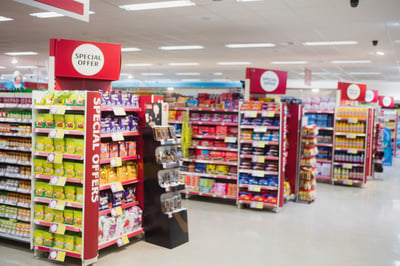 Retail promotion analytics is a powerful lens, allowing teams to track hidden patterns and trends within the vast pool of post-implementation data. By dissecting sales figures, customer engagement metrics, and other relevant data points, businesses can discern nuances that might elude surface-level observations. With this knowledge, they can make informed adjustments in future campaigns and avoid repeating past mistakes.
Retail promotion analytics is a powerful lens, allowing teams to track hidden patterns and trends within the vast pool of post-implementation data. By dissecting sales figures, customer engagement metrics, and other relevant data points, businesses can discern nuances that might elude surface-level observations. With this knowledge, they can make informed adjustments in future campaigns and avoid repeating past mistakes.
Understanding the intricacies of past promotions through retail analytics allows teams to fine-tune their strategies. This approach validates the success of certain efforts and ensures that future promotions align seamlessly with evolving consumer preferences by closely examining the metrics and consumer behaviors during and after a promotion.
The Role of Customer Facing Time in Measuring Promotional Impact on Sales
Customer-facing time- the time customers spend interacting with a brand, product, or service during a promotional period- plays a crucial role in measuring the impact of promotions on sales, making it essential in post-implementation analysis. Understanding and optimizing customer-facing time is essential for retailers seeking to maximize the effectiveness of their promotions.
Customer-facing time is a metric to gauge the level of engagement throughout a promotion cycle. As different phases of a promotion may have varying levels of customer engagement, retail teams need to analyze the duration and depth of customer interactions to assess the effectiveness of promotional strategies. High engagement periods signify a substantial impact on potential sales; the more time customers spend engaging with products or services during a promotion, the higher the likelihood of conversion.
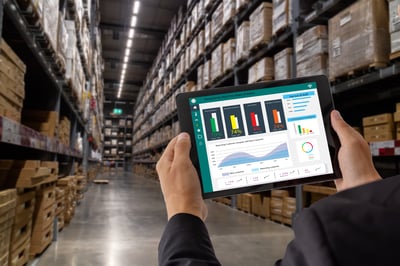 Industry leaders can use this information to tailor promotions based on the duration and type of interactions that prove most effective in driving sales. During a post-implementation analysis, retail teams can identify a promotion's specific touchpoints or elements that resonate most with the audience by measuring customer-facing time and assessing the impact of promotions across different contexts. By doing so, retailers can adapt their strategies to align with the unique characteristics and demands of each product, phase, or season.
Industry leaders can use this information to tailor promotions based on the duration and type of interactions that prove most effective in driving sales. During a post-implementation analysis, retail teams can identify a promotion's specific touchpoints or elements that resonate most with the audience by measuring customer-facing time and assessing the impact of promotions across different contexts. By doing so, retailers can adapt their strategies to align with the unique characteristics and demands of each product, phase, or season.
Analyzing customer purchase patterns and preferences during promotional periods can aid in identifying which segments of a business's target audience are most responsive to specific offers or incentives. This information helps tailor future campaigns to meet customer needs and preferences better. Customer-facing time analysis is crucial in measuring a promotion’s impact on sales. Providing valuable insights into customer engagement helps businesses understand the effectiveness of their promotional activities.
Tools and Strategies for Effective Post-Implementation Analysis of Promotions
Manual analysis in the retail industry can be time-consuming and prone to errors. This is where technology and software solutions come into play. Advanced analytics tools provide real-time data, enabling swift decision-making.
When conducting post-implementation analysis, it is essential to define clear objectives and key performance indicators (KPIs) beforehand to help determine the most relevant metrics to measure the promotion's success. Some common KPIs include sales revenue, customer acquisition or retention rates, website traffic, or social media engagement.
Data interpretation methods play a crucial role in making sense of the collected data. Businesses can use trend, correlation, or segmentation analysis techniques to uncover customer behavior and preferences insights. These insights can then be used to optimize future promotions or make informed decisions regarding pricing strategies or product placements.
Conducting a comparative analysis by comparing the results with previous promotions or industry benchmarks is important. Retail promotion management software allows businesses to track and measure various metrics related to their promotions, such as sales uplift, customer engagement, and return on investment. This software provides a centralized platform for collecting and analyzing data, making it easier to identify trends and patterns, and allows businesses to gauge their performance relative to past efforts or competitors in the market.
The world of retail is dynamic and ever-evolving, with promotions playing a pivotal role in driving sales and customer engagement. Careful data analysis can provide insights that help maximize customer engagement, guide future promotional strategies, and increase customer satisfaction.
featured content
featured content

The Importance of On-Shelf Availability in Retail: Why Keeping Items Stocked is Critical for Competitiveness in 2026
Learn why on-shelf availability is critical in today's retail store environment
